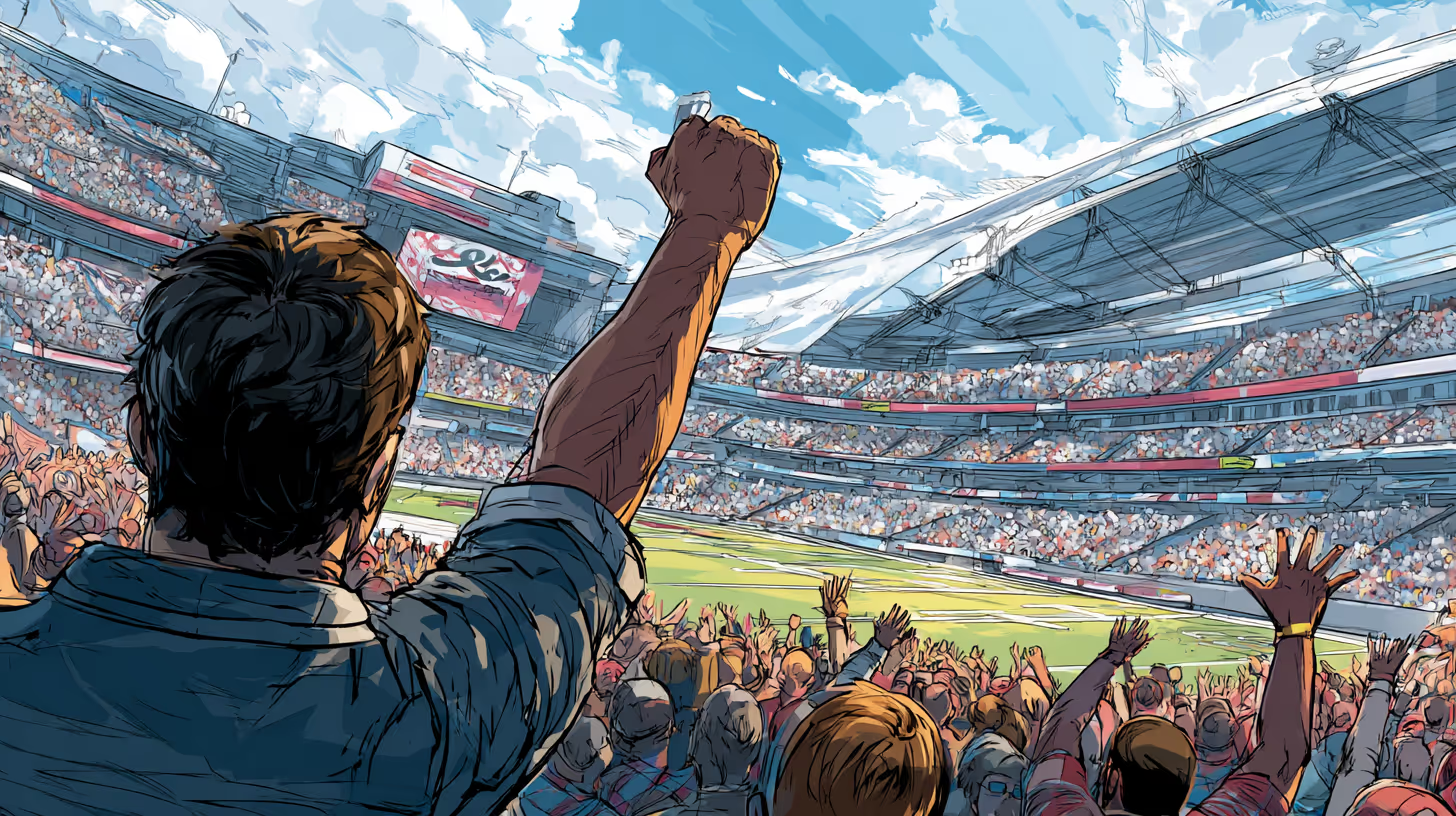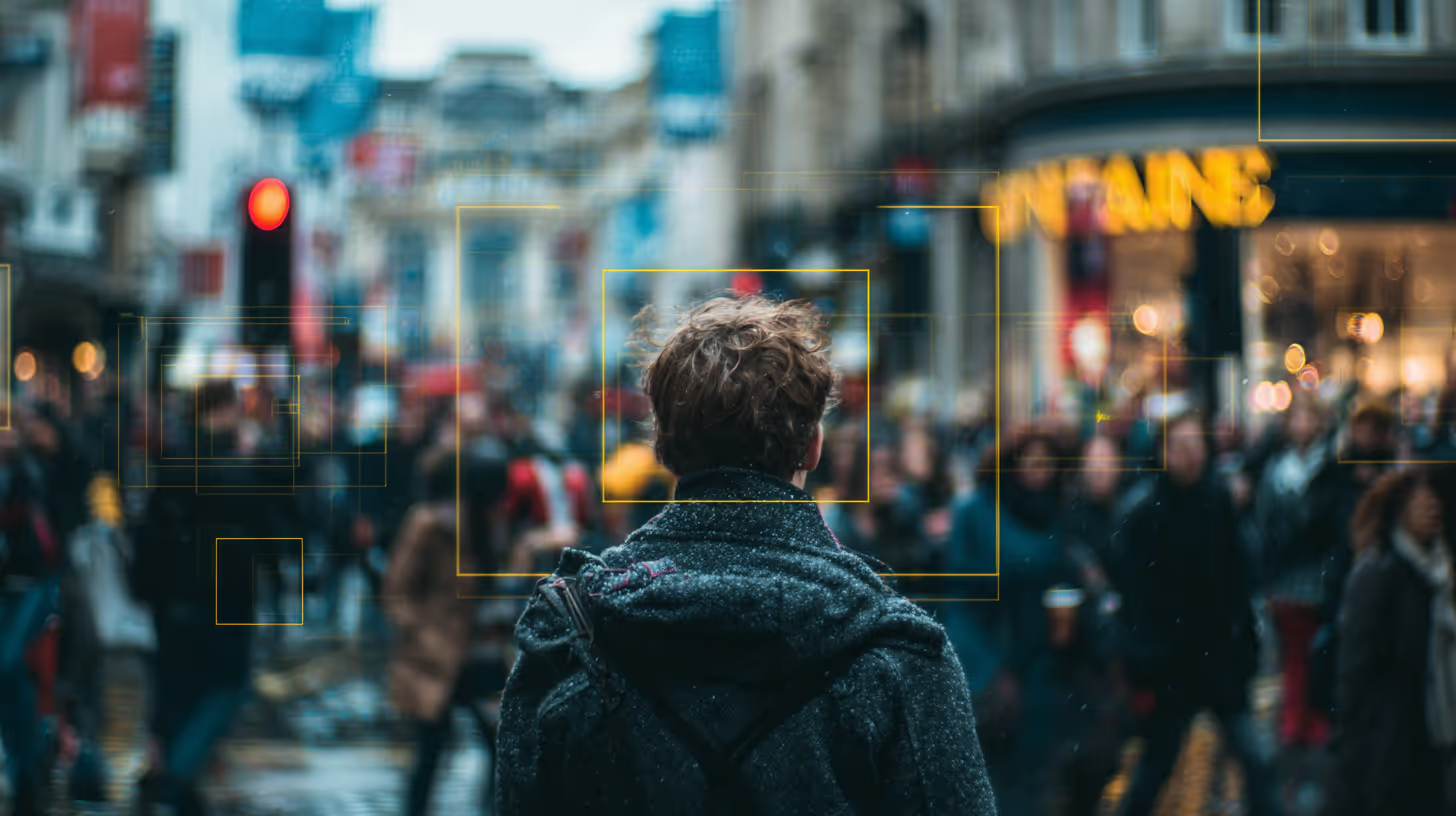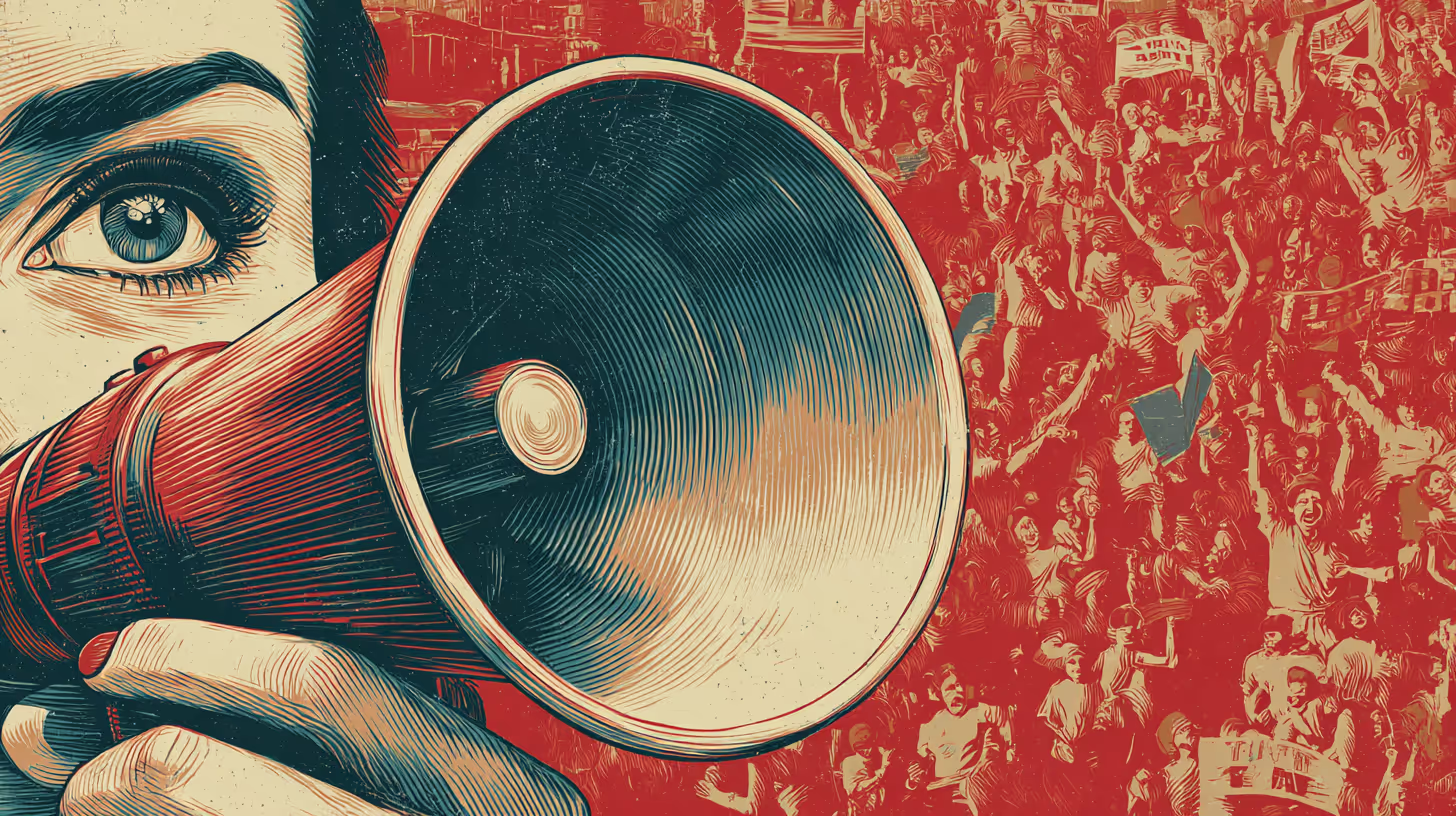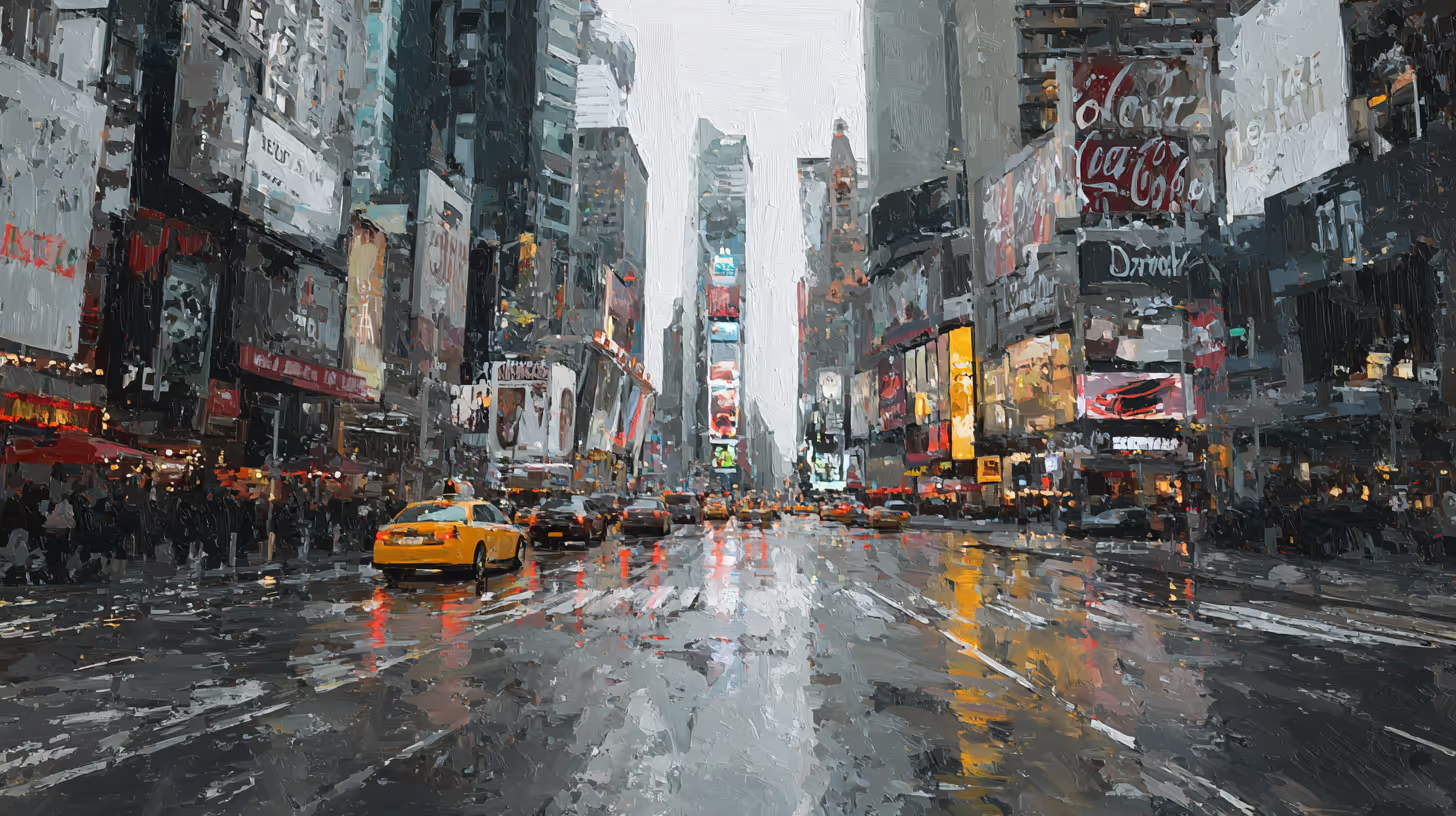The Super Bowl isn’t just the biggest stage for football—it’s one of the biggest stages for brands that exists. With over 100 million people glued to their screens, companies spend $7 million for a 30-second ad, hoping to make a lasting impression. But there’s a problem: many brands still treat Super Bowl ads as standalone TV spots, instead of launching fully immersive digital experiences.
With second-screen engagement at an all-time high—whether through TikTok, Instagram, or real-time searches, etc—brands are leaving millions in potential engagement and user-generated content (UGC) on the table.

The Problem: One-and-Done Advertising
Super Bowl commercials have become pop culture moments, but too often, they operate as stand-alone spectacles. A brand might drop a funny ad, but if there’s no way to interact, engage, or convert that hype into action, they’re essentially setting millions of dollars on fire.
A prime example? Many 2024 and 2025 Super Bowl ads generated buzz, but few brands successfully drove sustained online engagement. Compare that to Coinbase’s infamous 2022 bouncing QR code ad, which crashed their app because so many people scanned it. That wasn’t just a commercial—it was an experience.
The best modern marketing isn’t about passive viewing; it’s about active involvement. Today’s consumers don’t just want to watch a great ad—they want to remix it, react to it, and be part of the conversation.
So why are brands still relying on one-and-done ads when they could be creating interactive, shareable experiences that keep audiences engaged long after the game ends?

How Brands Can Win the Super Bowl of Digital Engagement
To turn Super Bowl ads into full-scale digital events, brands need to integrate interactive elements that drive real-time engagement, especially through UGC, gamification, and social challenges. Here’s some thoughts on how:
1. Interactive UGC Challenges: Make Viewers Part of the Ad
One of the best ways to extend an ad’s reach is to get users to create content based on it in real time. Instead of just watching, they should be inspired to react, remix, or replicate the ad in their own way.
Example: Imagine a Mountain Dew ad where a celebrity attempts an over-the-top touchdown dance. The ad then invites viewers to post their own touchdown dance on TikTok using #DewTDChallenge, with a chance to win free drinks for a year.
Why It Works:
- Encourages viral UGC participation
- Creates a built-in social media trend
- Keeps the brand top-of-mind post-game
2. Real-Time AR Filters & Effects
Brands should capitalize on AR (augmented reality) to let users interact with ad elements in real time.
Example: Let’s say a Marvel Super Bowl ad features Deadpool breaking the fourth wall. A QR code could direct viewers to an Instagram or Snapchat AR filter where they can record their own version of a Deadpool-style rant and share it.
Why It Works:
- Turns an ad into a two-way conversation
- Increases social sharing and visibility
- Encourages personalized brand engagement
3. Live Polls & Decision-Based Ads
Brands could create ads where the audience helps decide the outcome in real time—leveraging social media platforms like Twitter/X, Instagram Stories, or YouTube Live.
Example: A Doritos Super Bowl ad could feature a cliffhanger where two crazy new chip flavors go head-to-head. Viewers would vote live on social media, and the winning flavor gets released in stores.
Why It Works:
- Makes viewers feel like part of the brand stor
- Drives instant engagement on social platforms
- Creates anticipation and buzz beyond game night
4. QR Code Scavenger Hunts & Instant Rewards
We all remember Coinbase’s bouncing QR code from 2022, which was so effective it crashed their app. But QR codes can go beyond just linking to a website—they can be used to gamify engagement.
Example: A Nike Super Bowl ad could feature a hidden QR code in different frames throughout the ad, sending users on a digital scavenger hunt that unlocks exclusive sneaker drops or discount codes.
Why It Works:
- Encourages active participation
- Drives real-time web traffic
- Gives fans a reason to rewatch the ad multiple times

Final Thoughts: Super Bowl Ads Need to Be More Than Just TV Spots
The brands that win the Super Bowl of advertising aren’t just the ones with the funniest, most emotional, or star-studded ads. They’re the ones that turn their Super Bowl moment into an interactive experience that lives on after the spot runs—something that audiences don’t just watch, but engage with, share, and remember.
By leveraging UGC, AR, real-time polls, and digital rewards, brands can convert passive viewers into active participants—and turn their Super Bowl ad into a multi-platform movement.
So, the real question is: Will brands step up their game, or will they keep playing in the past?














